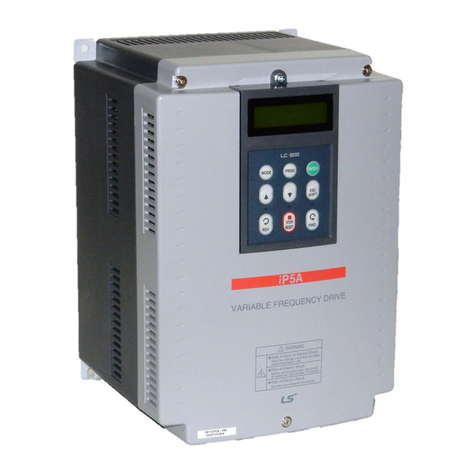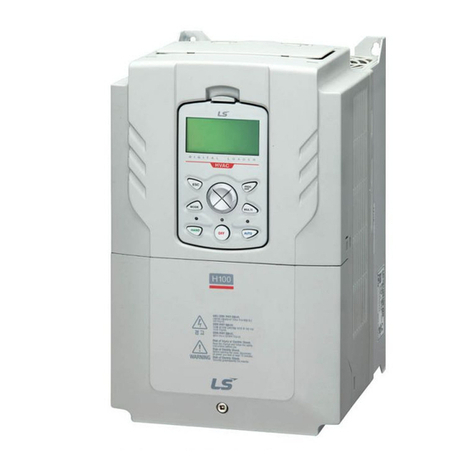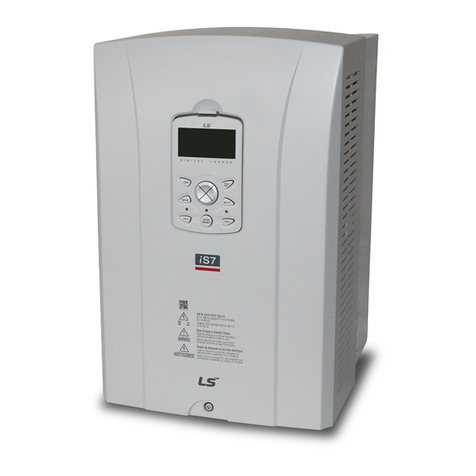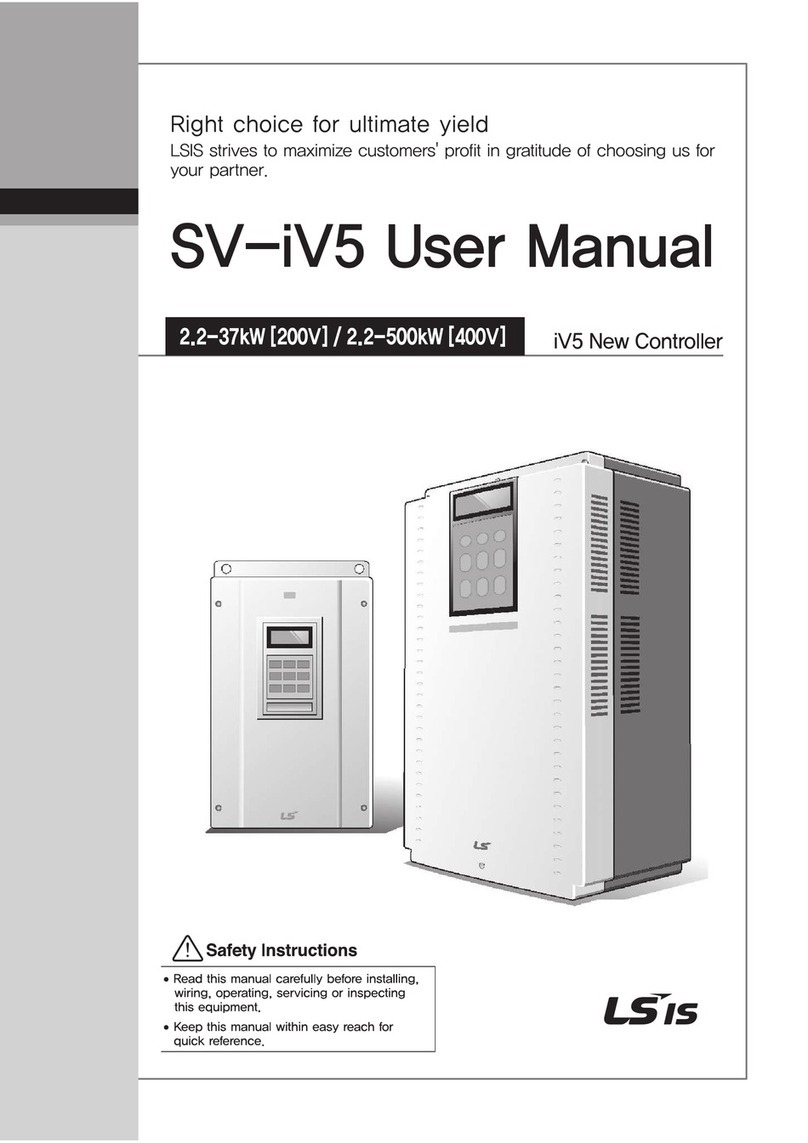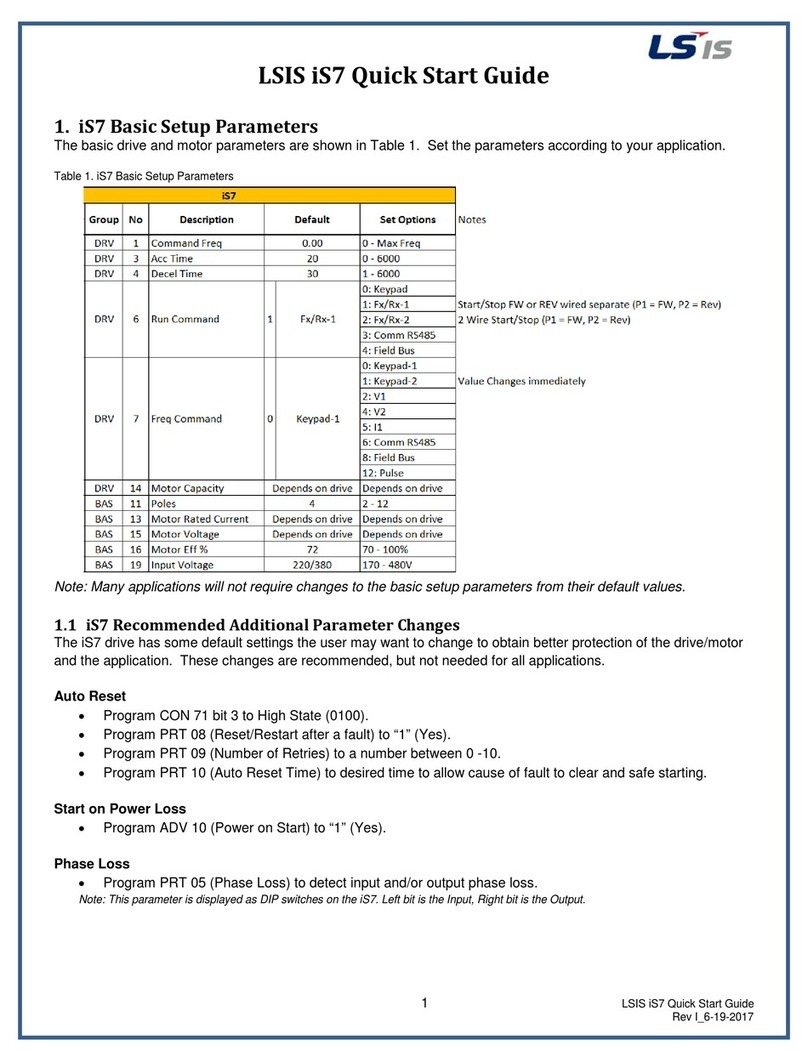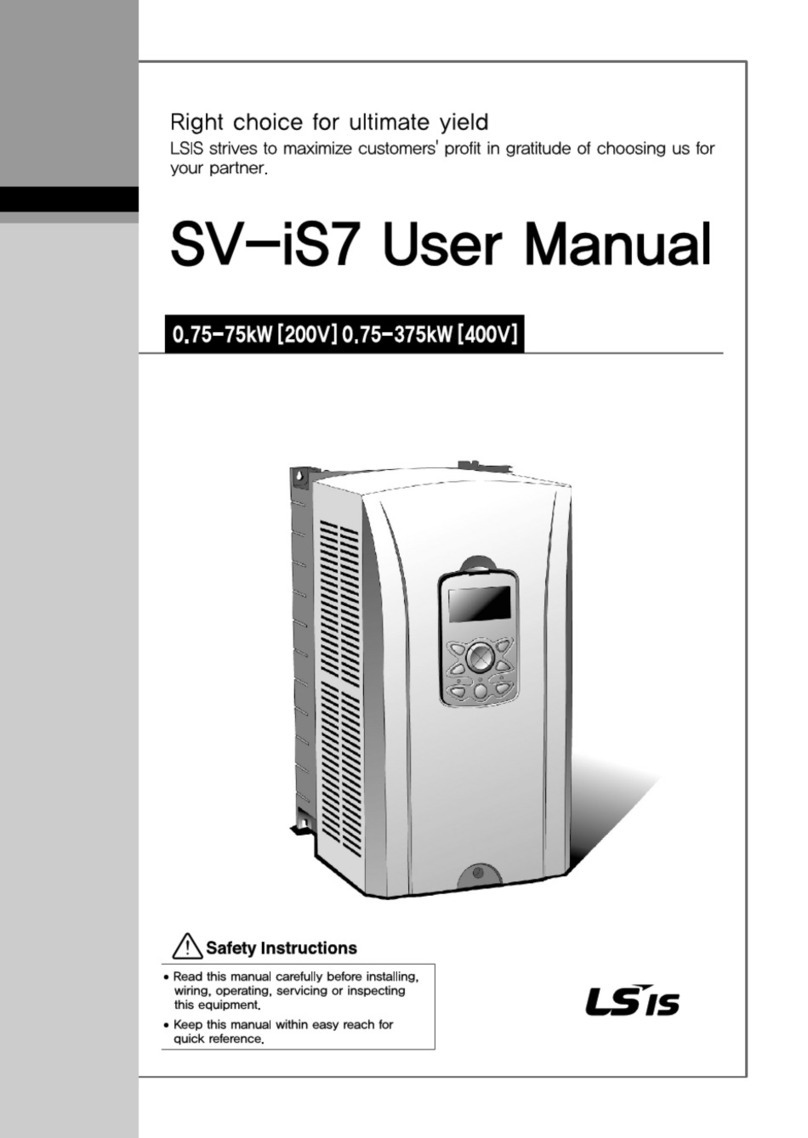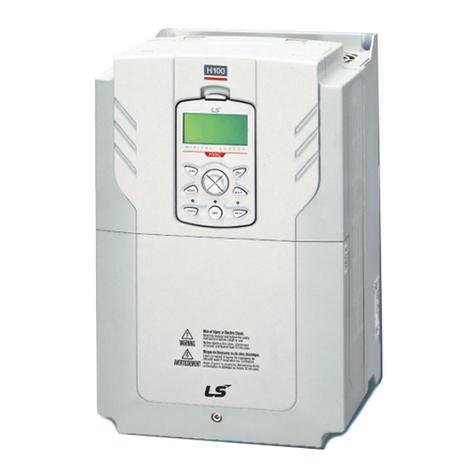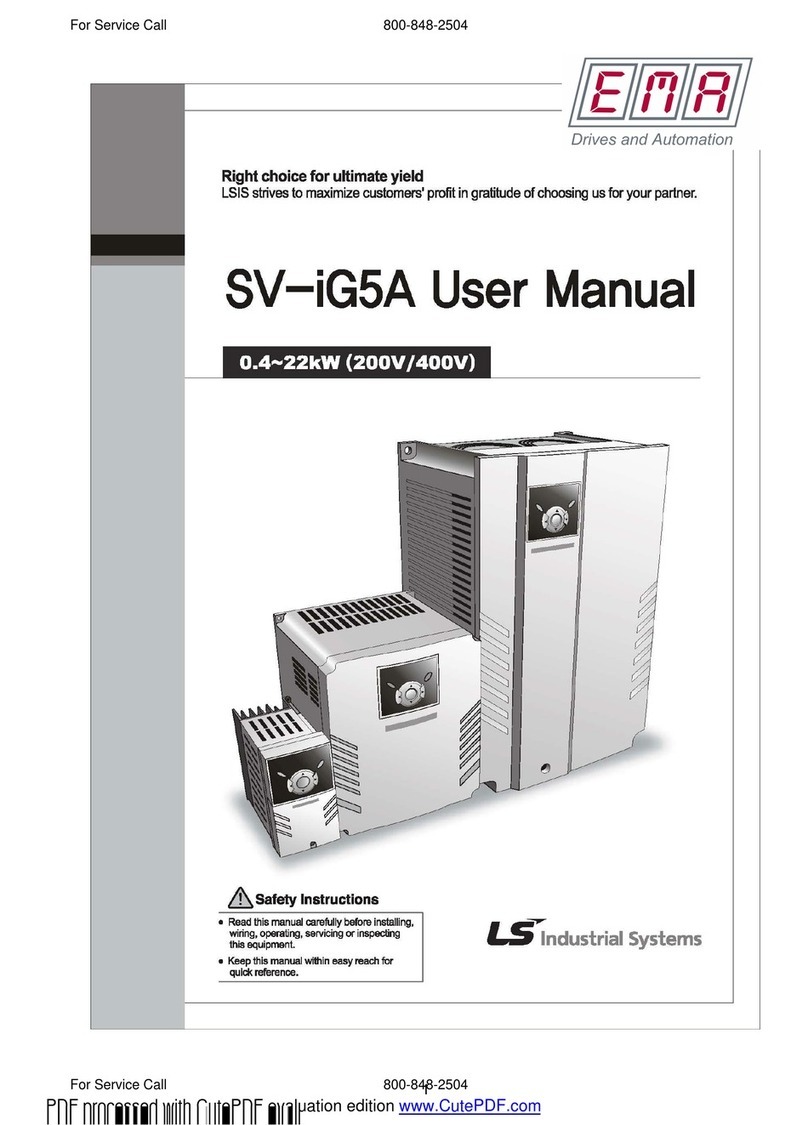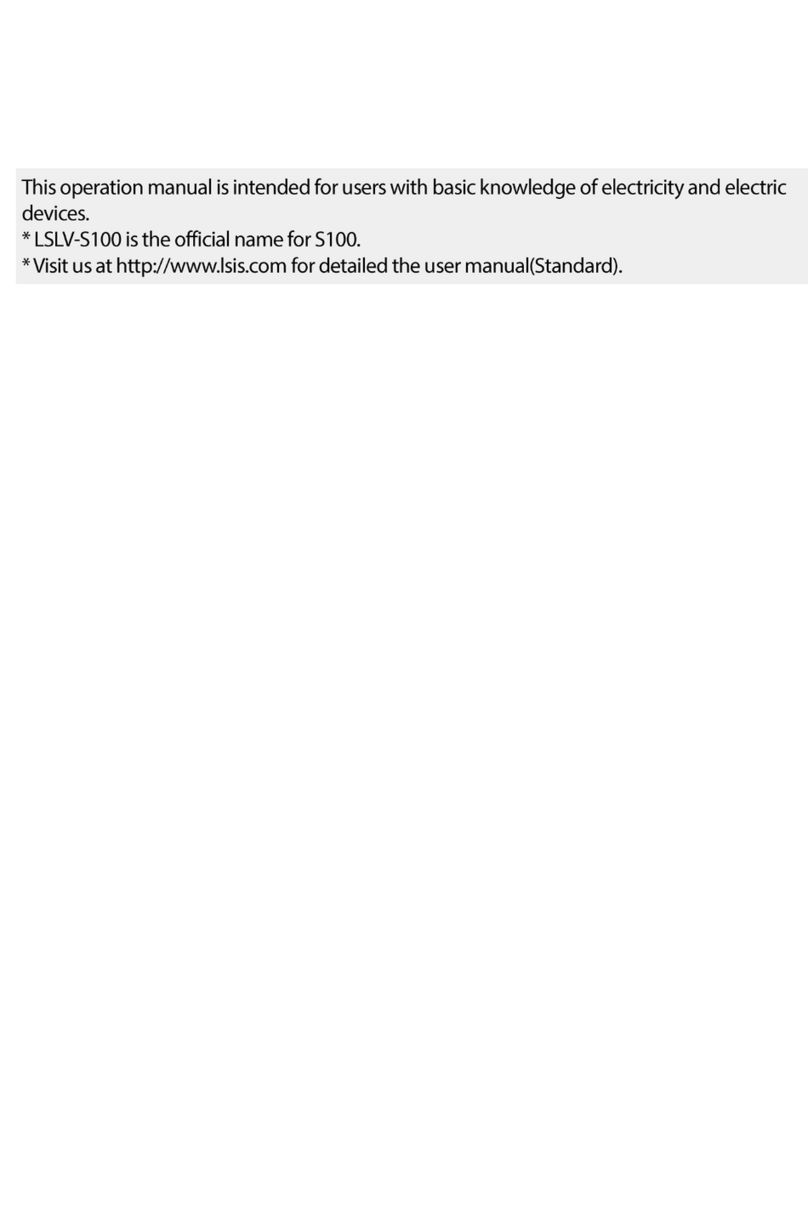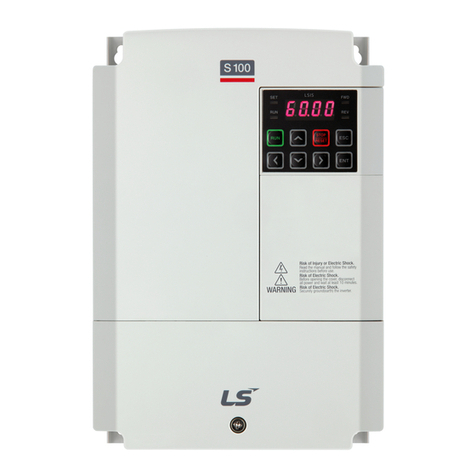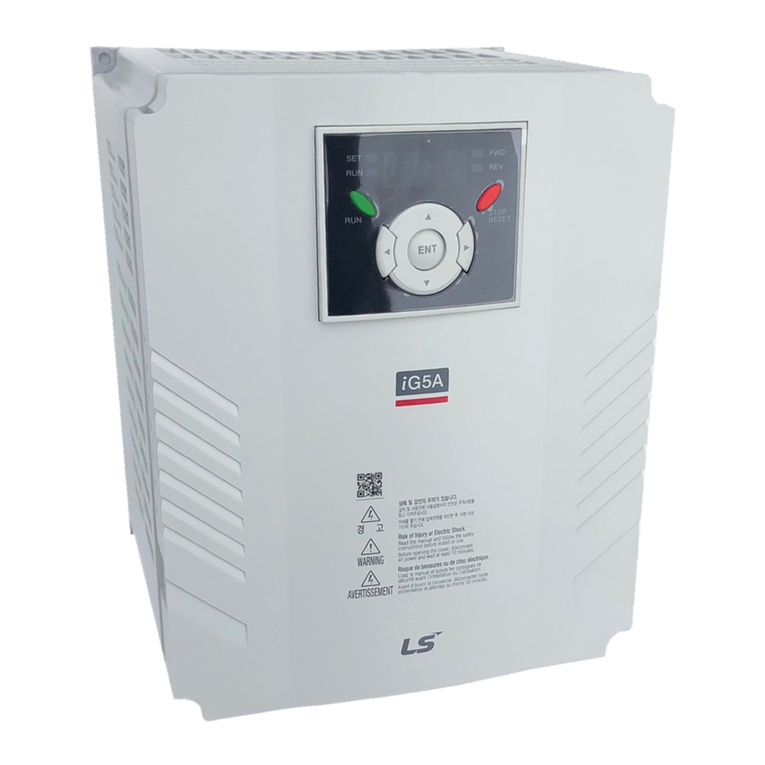
5.19 Pipe Break Detection ............................................................................ 208
5.20 Pre-heating Function ............................................................................. 210
5.21 Auto Tuning ............................................................................................ 212
5.22 Time Event Scheduling ......................................................................... 215
5.23 Kinetic Energy Buffering ....................................................................... 229
5.24 Anti-hunting Regulation (Resonance Prevention) ............................... 232
5.25 Fire Mode Operation ............................................................................. 233
5.26 Energy Saving Operation ..................................................................... 235
5.26.1 Manual Energy Saving Operation ........................................... 235
5.26.2 Automatic Energy Saving Operation ....................................... 235
5.27 Speed Search Operation ...................................................................... 236
5.28 Auto Restart Settings ............................................................................ 240
5.29 Operational Noise Settings (Carrier Frequency Settings) .................. 242
5.30 2nd Motor Operation............................................................................... 243
5.31 Supply Power Transition ....................................................................... 246
5.32 Cooling Fan Control .............................................................................. 247
5.33 Input Power Frequency and Voltage Settings ..................................... 248
5.34 Read, Write, and Save Parameters ..................................................... 249
5.35 Parameter Initialization .......................................................................... 250
5.36 Parameter View Lock ............................................................................ 251
5.37 Parameter Lock ..................................................................................... 252
5.38 Changed Parameter Display ................................................................ 253
5.39 User Group ............................................................................................ 254
5.40 Easy Start On ........................................................................................ 256
5.41 Config (CNF) Mode ............................................................................... 257
5.42 Macro Selection ..................................................................................... 258
5.43 Timer Settings ........................................................................................ 259
5.44 Multiple Motor Control (MMC) .............................................................. 260
5.44.1 Multiple Motor Control (MMC) Basic Sequence ..................... 268
5.44.2 Standby Motor ........................................................................... 272
5.44.3 Auto Change ............................................................................. 273
5.44.4 Interlock ..................................................................................... 281
5.44.5 Aux Motor Time Change .......................................................... 285
5.44.6 Regular Bypass......................................................................... 287
5.44.7 Aux Motor PID Compensation ................................................. 289
5.44.8 Master Follower ........................................................................ 290
5.45 Multi-function Output On/Off Control .................................................... 297
5.46 Press Regeneration Prevention ........................................................... 297
5.47 Analog Output ........................................................................................ 299
